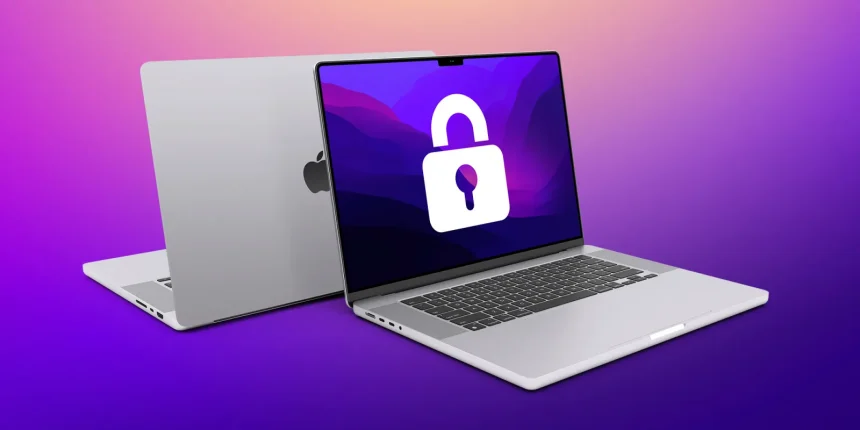Ransomware attacks are among the most alarming forms of cybercrime, and Vulcan ransomware is the latest addition to this malicious arsenal. This article provides an in-depth analysis of the Vulcan ransomware, including its functionality, impact, removal steps using SpyHunter, and preventive measures to avoid future infections.
Understanding Vulcan Ransomware
Vulcan ransomware is a file-encrypting malware designed to extort victims by rendering their files inaccessible. It encrypts and renames files, appending the “.vulcan” extension to affected files. For example, an image named “1.jpg” may be renamed to something like “7d9b9cc3ed944b141fc5151f9ff94ae2.vulcan.” This malicious program also generates a ransom note detailing the attackers’ demands.
Remove annoying malware threats like this one in seconds!
Scan Your Computer for Free with Spyhunter
Download Spyhunter now, and scan your computer for this and other cybersecurity threats for free now!
Key Characteristics of Vulcan Ransomware
- Encrypted Files Extension:
.vulcan - Ransom Amount: 100€ in Bitcoin
- Payment Deadline: 24 hours
- Threats in the Ransom Note:
- Permanent data loss if payment is not made.
- Unbootable Windows system if the PC is restarted.
- Contact Information: Attackers use the email kawsexpress@yahoo.com to communicate with victims.
How Vulcan Ransomware Works
When Vulcan infects a system, it follows these steps:
- Encryption: It encrypts all personal and system files, rendering them inaccessible.
- Renaming Files: The malware assigns random strings to filenames and appends the
.vulcanextension. - Displaying the Ransom Note: Victims are presented with a pop-up window or text file demanding a payment of 100€ in Bitcoin.
- Payment Instructions: The attackers provide a Bitcoin wallet address (1HX1ys21t6pybS5zTFctCcHCiwSshmx2hf) and email for correspondence.
- Warnings: The note threatens unbootable systems and unrecoverable files if victims restart their PCs.
Consequences of Vulcan Ransomware Infection
- Loss of Access to Files: All encrypted files remain unusable without the decryption key.
- Data Extortion: Victims are coerced into paying a ransom, often with no guarantee of file recovery.
- System Instability: Restarting the infected PC may lead to further complications as per the attackers’ claims.
- Risk of Additional Malware: Ransomware infections often introduce other malicious programs like trojans or password stealers.
How Vulcan Ransomware Spreads
Cybercriminals use various techniques to distribute Vulcan ransomware:
- Phishing Emails: Malicious attachments or links in emails.
- Malicious Websites: Downloading files from unverified sources or fake websites.
- Software Exploits: Exploiting vulnerabilities in outdated software.
- Peer-to-Peer (P2P) Networks: Torrents and file-sharing platforms.
- Compromised USB Drives: Infected external devices.
Removing Vulcan Ransomware
It is critical to remove Vulcan ransomware immediately after detection to prevent further damage. Using a reliable tool like SpyHunter simplifies this process.
Remove annoying malware threats like this one in seconds!
Scan Your Computer for Free with Spyhunter
Download Spyhunter now, and scan your computer for this and other cybersecurity threats for free now!
Manual Removal Steps
- Disconnect from the Internet: Prevent the ransomware from communicating with its server.
- Enter Safe Mode:
- Restart your PC and press F8 or the appropriate key for your system.
- Select Safe Mode with Networking from the boot menu.
- Check Task Manager:
- Open Task Manager by pressing Ctrl + Shift + Esc.
- Identify and terminate suspicious processes related to Vulcan ransomware.
- Uninstall Suspicious Applications:
- Go to Control Panel > Programs and Features.
- Uninstall recently installed, unfamiliar applications.
Automatic Removal with SpyHunter
SpyHunter is a trusted anti-malware tool that can effectively detect and remove Vulcan ransomware. Follow these steps:
- Download and Install SpyHunter.
- Run a Full System Scan: Launch SpyHunter and perform a comprehensive scan to identify ransomware components.
- Remove Detected Threats: Click on the Fix Threats button to eliminate Vulcan ransomware and associated malware.
- Restart Your System: After removing the ransomware, reboot your computer.
How to Recover Encrypted Files?
Unfortunately, without the decryption key, recovering files encrypted by Vulcan ransomware can be challenging. Victims are advised to:
- Use Backups: Restore files from secure external backups, if available.
- Data Recovery Software: Employ third-party recovery tools to retrieve partially encrypted files.
- Avoid Paying the Ransom: There is no guarantee that attackers will provide the decryption tool.
Preventing Future Infections
Implementing robust security measures is essential to avoid ransomware infections like Vulcan in the future.
- Maintain Regular Backups: Use external storage or cloud-based solutions to back up your data regularly.
- Update Software and Systems: Ensure that your operating system and applications are up-to-date to patch vulnerabilities.
- Avoid Suspicious Links and Attachments: Be cautious when opening emails from unknown senders or visiting unfamiliar websites.
- Use Antivirus Software: Install a reliable antivirus program to detect and block malware in real time.
- Employ Network Security: Use firewalls and VPNs to secure your network.
- Educate Yourself and Employees: Raise awareness about cybersecurity threats and safe online practices.
Final Thoughts
Vulcan ransomware is a dangerous threat that encrypts files and demands payment for their recovery. While removal tools like SpyHunter can effectively eliminate this ransomware, prevention remains the best defense. Regular backups, updated software, and cautious online behavior are essential to safeguarding your data.





